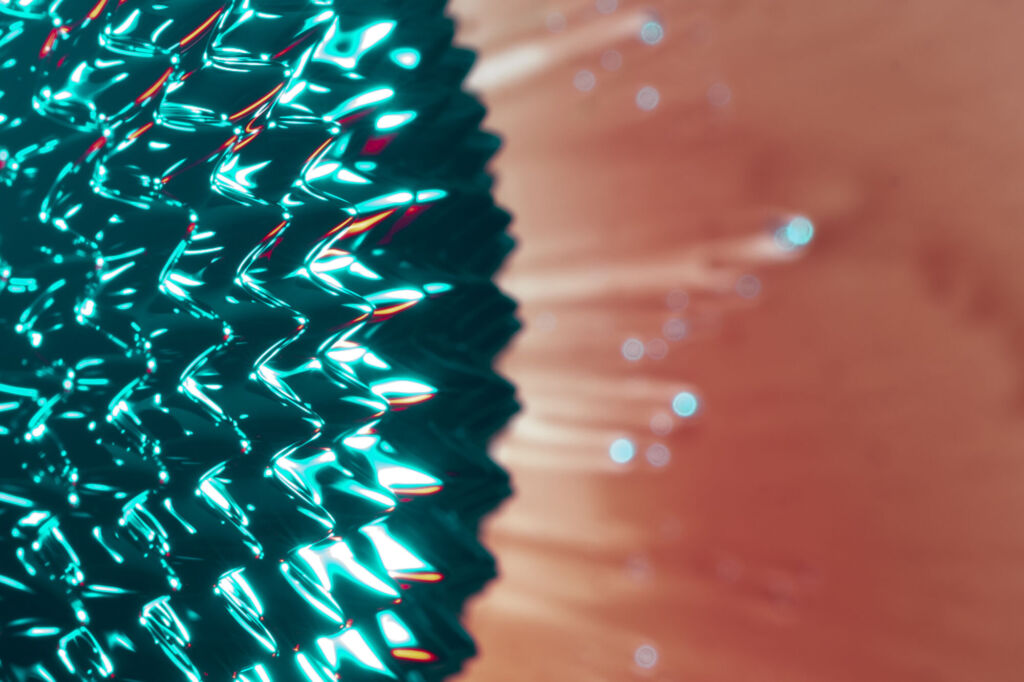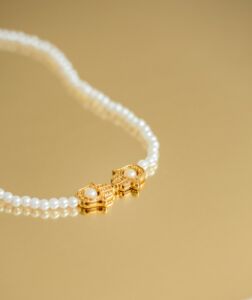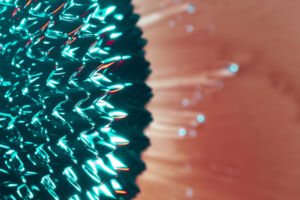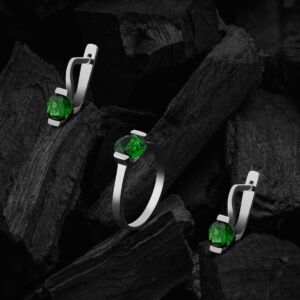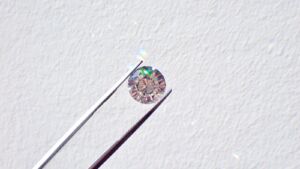Understand How to Maintain the Identity of Jewelry Amid Technological Advances
The global market for Artificial Intelligence (AI) continues to grow, with an estimated annual growth rate of 37.7% from 2023 to 2030, reflecting the importance of this technology across all sectors. This projection suggests a significant opportunity for companies seeking to gain a competitive edge, encouraging the adoption of AI-based solutions, such as virtual assistants, to boost efficiency and reduce operational costs. In the jewelry industry, AI emerges as a revolutionary tool for creating exceptional designs. However, in the pursuit of innovation, it is crucial to remember that the identity of the pieces resides in the artistic soul of their creators, regardless of the means used.
According to Mercia Dias, founder of Merciaa Fine Jewelry, a company that has been in the luxury market since 2008, creativity is an artistic process that must be preserved and nurtured, no matter the tools used to achieve it. ‘Adapting to the new is important, but it is the uniqueness and expression that truly differentiate human creations from those produced by machines,’ she explains.
In this context, it is essential to understand that the introduction of AI in the creation process is not a replacement for artistic skill but rather a complementary tool that enhances the creativity of designers. Some master jewelers have already openly embraced this technology with skill, integrating it harmoniously into their collections without compromising the originality and intrinsic value of the pieces.
‘By exploring the potential of AI, designers gain access to valuable insights and design variations that enrich the creative process. However, it is human sensitivity, experience, and artistic knowledge that give jewelry its authenticity and emotional significance,’ the expert points out. Additionally, automation of processes can aid in productivity.
For instance, by 2030, it is estimated that 30% of the hours worked globally could be automated using Artificial Intelligence (AI). This implementation is driving the optimization of activities, including various business processes and tasks. With the adoption of AI, there is a real opportunity to dedicate more time and effort to creative and strategic tasks, which require human intervention for better allocation of business resources.
‘As AI continues to shape the future of the jewelry industry, it is essential to maintain a delicate balance between innovation and authenticity,’ concludes Mercia. The ability to integrate technology harmoniously, preserving the unique identity of each piece, is what truly distinguishes master craftsmen.

